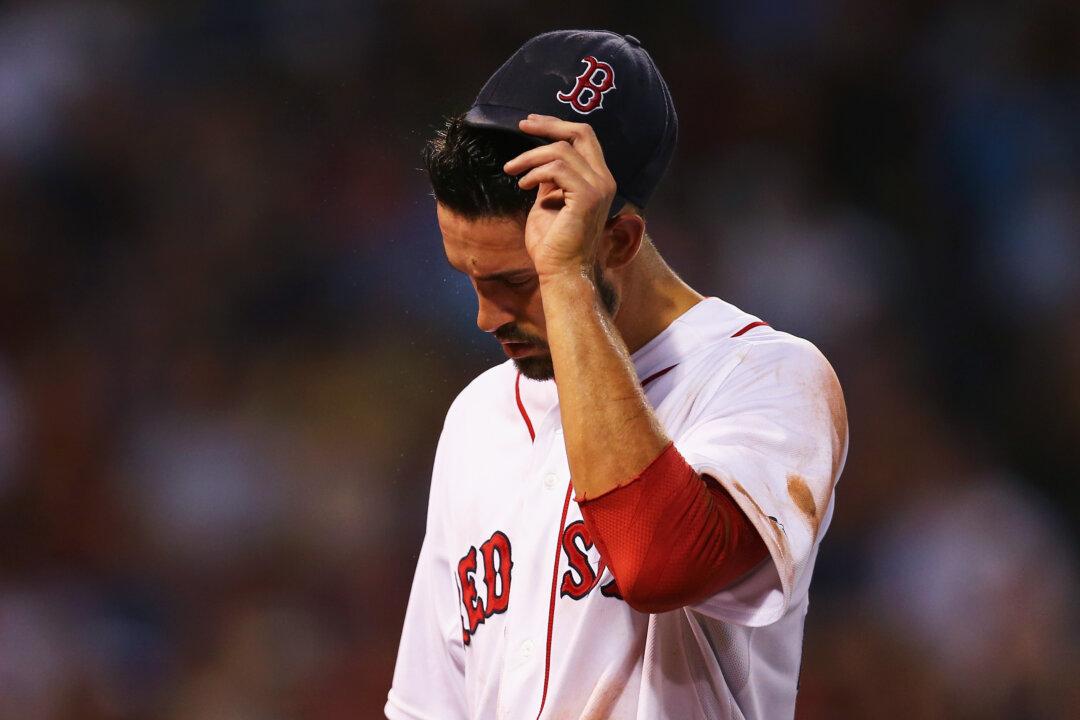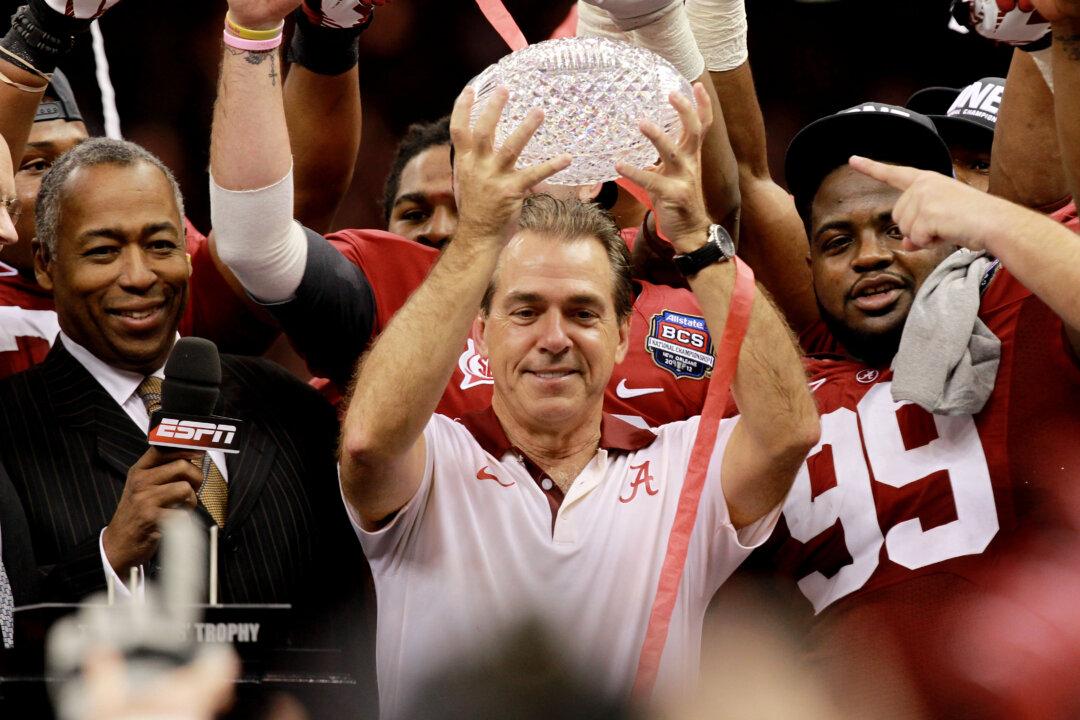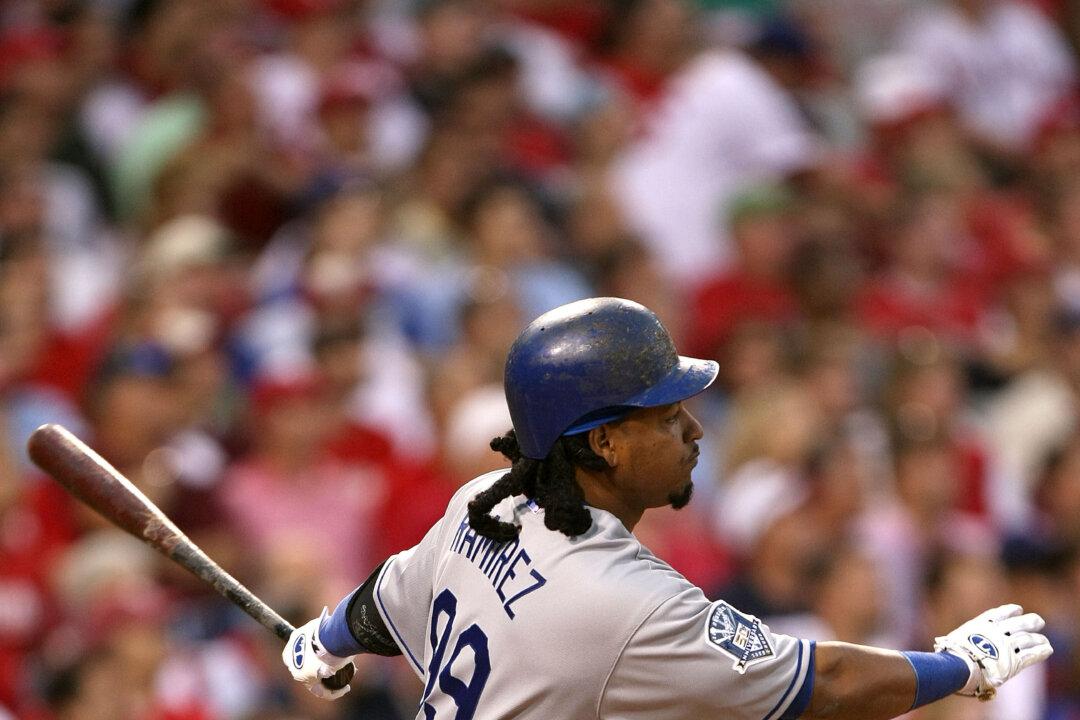The Boston Red Sox and newly fired GM Ben Cherington had a number of misfires over the last four years since previous GM Theo Epstein left for Chicago. But the team’s recent hiring of free agent GM Dave Dombrowski is one they finally got right.
Not that he won’t have his work cut out for him though.
As bad as Boston has been since Epstein skipped town and Cherington was put in charge—three last places in four years with a World Series title mixed in—it’s wasn’t due to lack of financial resources or talent. They just made some poor decisions. Let’s recount them.
1. Hiring Bobby Valentine to replace Terry Francona
Valentine hadn’t managed in the majors in nearly 10 years when Boston’s brain trust decided he was the one to take over for the popular—and very successful—Francona. But clearly there must have been good reason that such a smart and experienced guy like Valentine wasn’t wanted in anyone else’s dugout.





